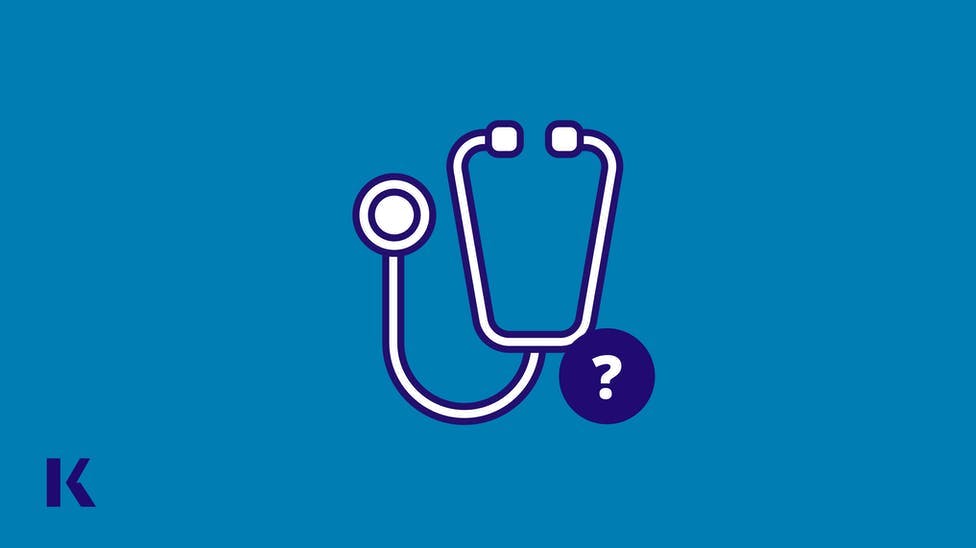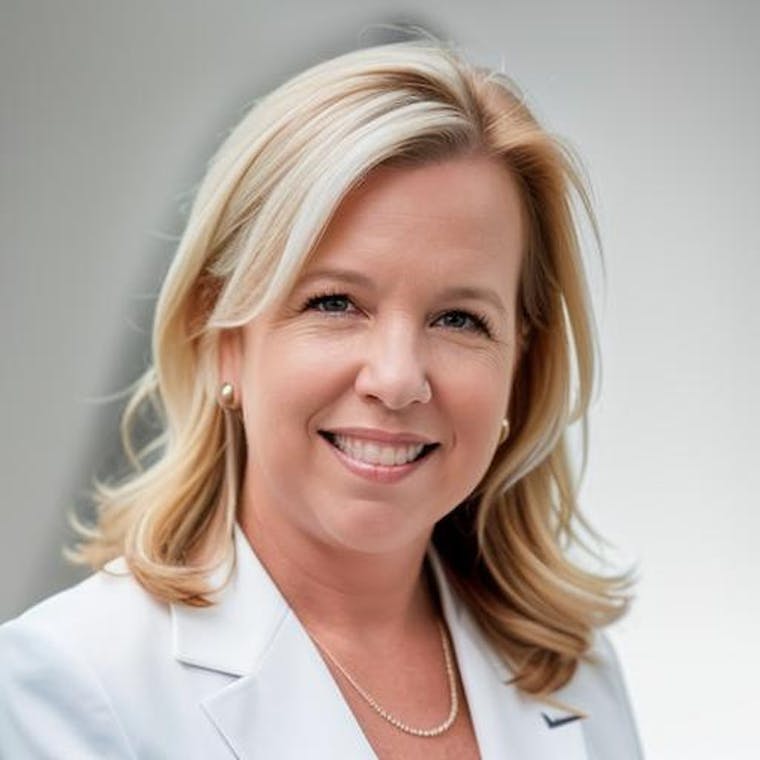Nurse Practitioner (NP) Career Overview & Specialties
by Dr. Christi Doherty DNP, RNC-OB, CNE, CHSE, CDP, Executive Director, Nursing & i-Human Patients | June 28, 2023

The next time you go to a physician’s office, clinic, hospital, or urgent care center, you may discover your healthcare provider is a Nurse Practitioner (NP). Nurse Practitioners are quickly becoming the healthcare provider of choice for many Americans.2 NPs are known for their holistic approach to care, which involves considering the physical, emotional, and social aspects of a patient’s well-being. They often spend more time with their patients, building relationships and engaging the patient in the healthcare decision-making process.
What does a Nurse Practitioner do?
A Nurse Practitioner has advanced education and clinical training beyond their registered nurse (RN) preparation. The NP has an expanded scope of practice and assumes a more independent role in providing patient care. The NP is not a medical doctor; however, in most states, they perform many of the same services, including:
- Performing physical examinations
- Ordering and interpreting diagnostic tests such as laboratory work or imaging exams
- Diagnosing and treating acute illnesses, infections, or injuries
- Managing patients with chronic conditions such as diabetes or hypertension
- Prescribing medications
- Providing counseling on disease prevention and health promotion
- Referring patients to specialists for a higher level of care
What are the different types of Nurse Practitioners?
"Nurse Practitioner" is a generic term, but NPs are generally separated by the populations they treat and by specialty. Acuity is considered because NPs can be certified to provide primary or acute care to different patient populations or concerns.3
Family Nurse Practitioner (FNP)
A family nurse practitioner provides primary care services to patients of all ages. FNPs collaborate with other healthcare providers to ensure comprehensive services for their patients. According to the American Association of Nurse Practitioners (AANP), over 70% of NPs have chosen this specialty.1
Pediatric Nurse Practitioners (PNP)
A pediatric nurse practitioner provides care to children. They perform routine well-child visits, provide immunizations, and diagnose and treat acute and chronic conditions. Further certification in primary care, acute care, or both guides their practice.
Psychiatric/Mental Health Practitioners (PMHNP)
A psychiatric or mental health practitioner cares for children and adults with mental health conditions. They also manage the care of patients with substance abuse problems. Working with the patient’s family is an integral part of their practice.
Neonatal Nurse Practitioners (NNP)
A neonatal nurse practitioner provides care to premature infants and infants born with birth defects or other conditions. They provide support and education to the infant’s family in the first two years of their life. NNPs work in various settings, such as intensive care nurseries, home care, and high-risk follow-up programs.
Adult-Gerontology Nurse Practitioner (AGNP)
Adult-gerontology nurse practitioners care for older adults. They manage and treat illnesses related to aging or chronic health conditions. AGNPs work in home care, nursing homes, hospitals, and private practice.
Women’s Health Nurse Practitioner (WHNP)
A women’s health nurse practitioner provides care for women throughout their lifetime. Reproductive, obstetric, and gynecological care is the primary focus. WHNPs work in private practice, fertility clinics, and hospitals.
How do you become a Nurse Practitioner?
To become an NP, you must first be a registered nurse (RN). An RN can enter the profession with an associate degree in nursing (ADN) or a bachelor’s degree in nursing (BSN). Upon graduation, the nursing student takes the National Council Licensing Exam (NCLEX) to become a licensed nurse. Graduate degrees for nurse practitioners can vary, but all NPs must have a master’s degree in nursing (MSN) or a Doctor of Nursing Practice (DNP). Didactic courses in pathophysiology, pharmacology, physical assessment (commonly called the 3 P’s), and advanced clinical courses are included. Nurse practitioners must also pass a national certification exam.
How many Nurse Practitioners are there in the United States?
More than 355,000 nurse practitioners are licensed in the United States.1 California, Texas, Florida, New York, and Tennessee employ the greatest number of nurse practitioners.5 According to the U.S. Bureau of Labor Statistics, the median salary range for NPs was $121,610 in May of 2022.5
Why are Nurse Practitioners so important for healthcare?
Nurse practitioners provide high-quality healthcare for a variety of patients. In the current healthcare setting of medical shortages and increasingly complex healthcare needs, the NP can bridge the gap in access to care for many Americans.4 The NP’s focus on health promotion and disease prevention can lower the cost of healthcare for patients. AANP’s research indicated that patients who see an NP as a primary care provider have fewer visits to the emergency department, shorter hospital visits, and lower medication costs.2 So, the next time you need healthcare, and the Nurse Practitioner is your provider, know you are in capable hands.
References
1American Association of Nurse Practitioners (AANP). (2022). NP Fact sheet. https://www.aanp.org/about/all-about-nps/np-fact-sheet
2American Association of Nurse Practitioners (AANP). (2023). What’s a Nurse Practitioner (NP)? https://www.aanp.org/about/all-about-nps/whats-a-nurse-practitioner
3American Nurses Association (ANA). (n.d.). Types of Nurse Practitioner Specialties https://www.nursingworld.org/practice-policy/workforce/what-is-nursing/types-of-nurse-practitioner-specialties/
4Savard, I., AI Hakim, G., & Kilpatrick, K. (2023). The added value of the nurse practitioner: An evolutionary concept analysis. Nurs Open, 10(4), 2540-2551. https://doi.org/10.1002/nop2.1512
5U.S. Bureau of Labor Statistics. (2023). Occupational Employment and Wage Statistics. https://www.bls.gov/oes/current/oes291171.htm#(1)

Dr. Christi Doherty is the Executive Director of Nursing & i-Human Patients at Kaplan North America. Dr. Doherty is a skilled researcher, valued professor of nursing, experienced clinical nurse, and designer of virtual simulations. She has earned certifications in nursing education, healthcare simulation education, diversity, and inpatient obstetrics. Dr. Doherty has published several books and journal articles and presented nationally and internationally on diverse subjects such as clinical judgment, mentorship, simulation, and students' engagement in statistics and informatics.
